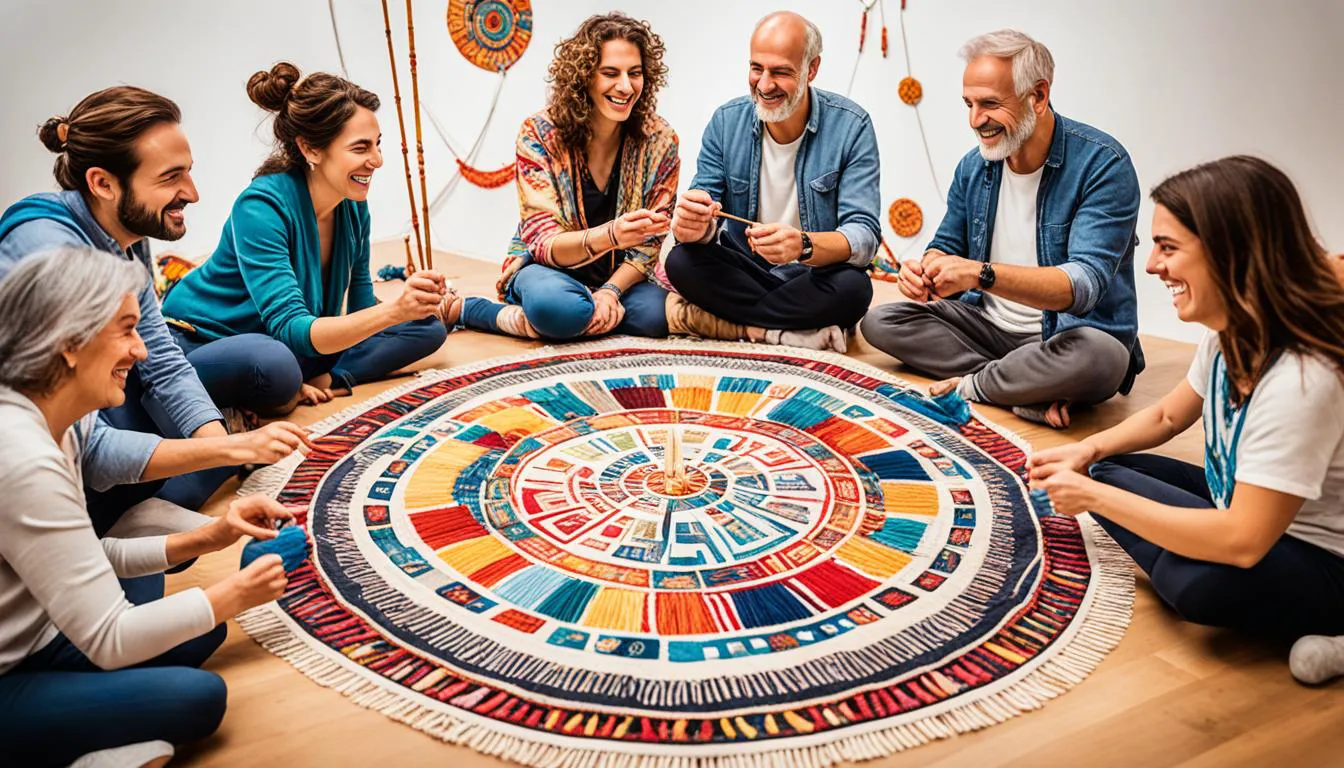Unveiling the Origins of Embroidery: A History of Artistic Stitching
Embroidery's Beginnings: Discovering the Inventors of This Ancient Craft
Embroidery's Beginnings: Discovering the Inventors of This Ancient Craft
Discover who invented embroidery and how it changed the world!
Have you ever wondered about the mastermind behind embroidery? This art form has entranced people from ancient times to now. It started with simple stitch designs and evolved into the detailed work we see on clothes, deities, and everyday items. Its story mirrors the changes in culture and technology over the years.
Embroidery began as early as 30,000 BC, even before written history. Evidence like fossilized clothes shows us how people back then decorated their fabrics. We also have finds from regions like Siberia, with shells showing stitching holes from 5000-6000 BC. And China offers ancient instructions on paper from around 3500 BC, proving how old this art is.
It wasn’t just in one part of the world; embroidery spread everywhere. Places like Byzantium, India, China, and West Africa used it to showcase their cultural riches. This craft symbolized wealth and heritage across different societies.
When the Christian church and European royals started supporting embroidery, its popularity soared around 1000 AD. But the art truly changed with the arrival of machine embroidery in the 1800s. The first machine, featured the chain stitch, was patented in the US in 1855. This innovation paved the way for mass producing embroidered items.
Since then, technology keeps advancing. We now have computerized machines that can quickly make detailed embroidery designs. These machines are used to add personal and unique touches to clothes, gifts, and work uniforms.
Key Takeaways
- Embroidery dates back to 30,000 BC, seen in fossils with decorative stitching.
- Key discoveries include shell stitching in Siberia and ancient Chinese guides from 3500 BC.
- Embroidery grew in Europe thanks to church and royal support by 1000 AD.
- The 1800s marked a big change with the first machine for embroidery.
- Today, we use high-tech machines for precise and complex embroidery designs.
Keep reading to find out more about embroidery. You’ll learn about its deep history and its journey to the advanced practices we have today.
Final Thoughts
Throughout its rich and complex history, embroidery has remained a highly popular way to decorate an interior space or the clothes in your closet! It has been used to reinforce clothing, repair items, indicate class status, and demonstrate worship. The history of embroidery is a rich tapestry all its own, and at THE/STUDIO, we’re here to keep the tradition alive with beautiful, customizable, and wearable art.
Conclusion
The journey through the world of embroidery shows human creativity and hard work. starting from ancient times, it played a big role in society and culture. Now, it has become a fine art admired by many. The #handembroidery hashtag on Instagram has grown a lot, showing more people love embroidery today.
Manual embroidery takes a lot of work but gives us beautiful, detailed designs. On the other hand, machine embroidery is faster and more efficient. The mix of traditional and modern techniques creates many opportunities for the future of embroidery. Whether you do it for mindfulness, to build a brand, or as art, embroidery is here to stay, moving into the future while keeping its history alive.
History of Embroidery Timeline
The history of embroidery is a rich tapestry that spans thousands of years, encompassing diverse cultures, techniques, and styles.
To better understand this intricate art form, let’s explore a timeline that highlights key milestones in the history of embroidery:
Prehistoric Era (30,000 BCE – 5,000 BCE)
- 30,000 BCE: Archaeological findings suggest that the earliest known embroidery work occurred in regions that would later become Russia and China. These early embroiderers used simple materials like animal sinew and bone needles to create basic decorative designs on clothing and other textiles. These artifacts reveal a nascent form of artistic expression through embroidery.
- 5,000 BCE: As prehistoric cultures in the Middle East and South Asia advanced, they continued to develop their embroidery techniques. Simple geometric patterns and motifs adorned clothing and textiles, reflecting the creativity and cultural identity of these ancient peoples.
Ancient Civilizations (3,000 BCE – 500 CE)
- 3,000 BCE: Embroidery was documented in ancient Egypt, where it was primarily used to decorate clothing, household items, and religious garments. The Egyptians employed a variety of materials, such as linen, wool, and even precious metals like gold and silver thread, to create intricate designs.
- 2,000 BCE: The Indus Valley Civilization, located in what is now India and Pakistan, demonstrated a rich tradition of embroidery. Intricate patterns were discovered on pottery and textiles, emphasizing the importance of this art form in daily life and religious rituals.
- 500 BCE: Embroidery found its way into ancient Greece, Rome, and Persia, where it played a pivotal role in enhancing the beauty of garments, banners, and religious textiles. These early civilizations adapted and expanded upon embroidery techniques and designs, influencing the subsequent evolution of the craft.
The Silk Road Era (1st Century BCE – 14th Century CE)
- 1st Century BCE: Chinese embroidery techniques, characterized by the use of silk threads and intricate stitches, became highly sought-after commodities along the Silk Road. These techniques showcased the advanced artistry of the Chinese people and influenced neighboring regions.
- 6th – 7th Century CE: The Byzantine Empire and Islamic cultures significantly contributed to the development of complex and ornate embroidery styles. Elaborate patterns and motifs inspired by the interplay of geometry and nature characterized these embroidery traditions.
- 14th Century CE: The Italian city of Florence became a renowned center for Renaissance embroidery. Florence was celebrated for its exquisite craftsmanship, with artisans producing embroidery that was both artistic and functional. This era saw a fusion of various embroidery traditions, resulting in a style that was uniquely European.



Tegs:
Search
Recent Posts
-
Hawaiian Flower Embroidery Patterns: Discover Stunning Embroidery Designs Inspired by Tropical Blooms
Apr 14 2025
-
A Journey Back in Time: 19th Century Embroidery Techniques
Apr 14 2025
-
Brother PE Design Next V9: Take Your Embroidery to the Next Level
Apr 14 2025
-
Find the Perfect DMC Embroidery Floss at Hobby Lobby: A Comprehensive Guide
Apr 14 2025
Subscribe to Updates
Get the latest posts and fashion insights directly in your inbox.